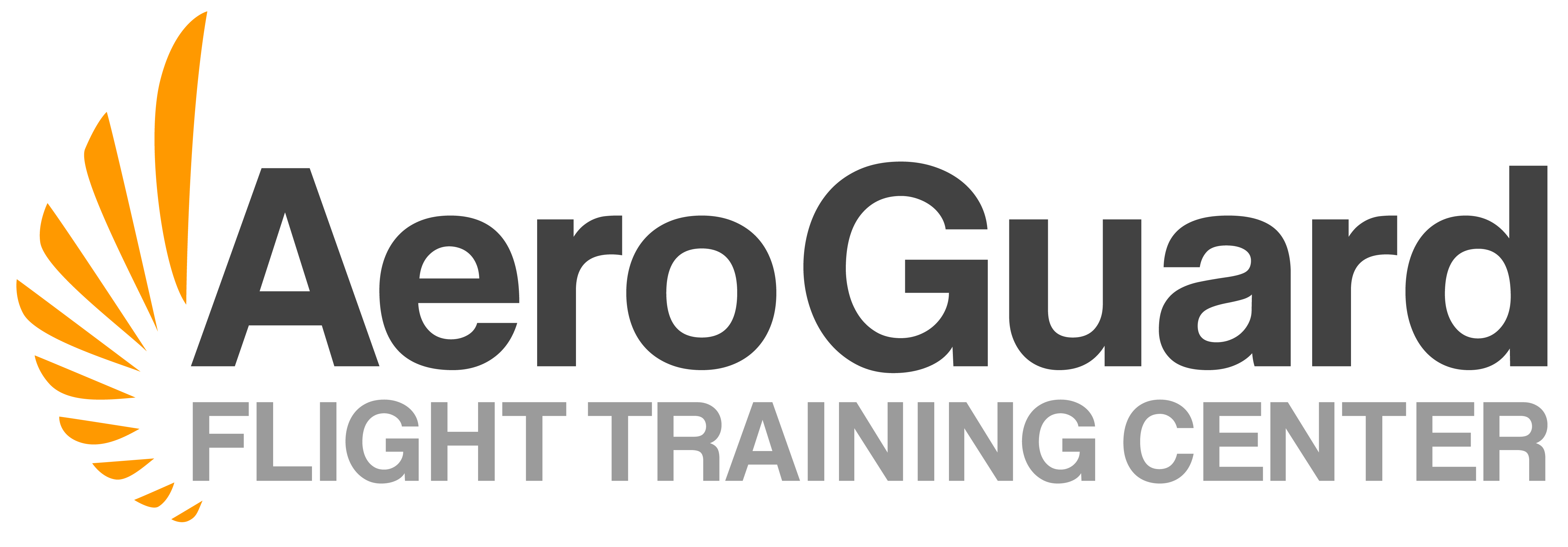Aviation Shows Recovery as Airlines Increase Their Fleets
So far this year, the aviation industry is already showing huge signs of confidence and recovery as airlines and aircraft manufacturers work together to prepare for increased travel demand following the COVID-19 pandemic. United Airlines, in particular, is leading the charge by upping its current orders for Boeing 737 Max jets by 25 new aircraft, and Boeing is seeing an increase in orders across its business.
United was the only airline of the big three to not withdraw hundreds of planes for their fleet due to the ongoing pandemic. As of February 2021, they still had a fleet of about 825 planes with more on order. United has 38 new aircraft to be delivered this year as well as 40 new 737 Max jets to be delivered in 2022 and others. Despite this, the airline felt these orders still weren’t enough to cover the demand they are projecting and therefore, added an additional 25 737 Max jets to be delivered on an accelerated timeline. All 25 jets are due to be delivered in 2023 following expert predictions that a full travel recovery will be in place to pre-pandemic levels within the next 2 years.
United’s Chief Commercial Officer had this to say to their employees about the increase:
“Today, we’re even more confident in our ability to navigate the recovery, regardless of the inevitable bumps and dips in the months ahead. With a number of our aircraft nearing the end of their lifecycle and the growth opportunities that we know will exist in the COVID-19 recovery period, this agreement will help us to grow as demand returns and renew our fleet with more environmentally friendly, customer-pleasing aircraft.”
United isn’t the only one adding to its fleet either. In February, Boeing posted 82 aircraft orders, its first net-increase in orders since November 2019, meaning its orders are now outpacing cancellations that had previously been prompted by the 737 Max grounding. On top of Boeing’s 82 aircraft orders, they delivered 22 new aircraft in the same month with all but 4 being for the 737 Max. Additionally, Southwest Airlines and United took the most aircraft of any other airlines.
Orders are continuing to come in from multiple airlines for Boeing’s 737 Max. According to a Reuters report, Southwest Airlines is in the final stages of completing an order with Boeing to purchase at least 130 more 737 Max 7s and even up to 170 total 737 Max aircraft. In a statement made to the Wall Street Journal earlier this week, Southwest Airlines CEO Gary Kelly stated, “Our pilots are experts on the 737, and it is the only airplane that we operate…” so it’s understandable why the airline giant would be ordering so many 737s to prepare for the demand growth being projected in the industry.
An investment company named 777 partners has also announced its order for 24 737 Max 8 aircraft. They didn’t say which airlines would be flying the new planes but did announce that it would be placing them within its “growing portfolio of low-cost carrier investments around the world.”
It’s important to remember that the 737 Max first entered service in 2017 and was touted as the next generation of consumer aviation due to its increased fuel efficiency, updated avionics and cabins, longer range of flight and lower operating costs. After a 2-year ban, the U.S. is just now starting to resume 737 Max flights. With 15 carriers now having resumed flights with the 737 Max, over 160 aviation authorities giving it the green light, and now an increase in deliveries and orders, its clear that there is a restored faith in the Max aircraft family which is not only good news for Boeing, but also great news for the aviation industry as a whole.
With all these planes, and more to come, being delivered over the next two years, it means one thing; major airlines are going to need net new pilots on their rosters to fly these additional planes. When major airlines need new pilots, they are often hired from the regional airlines allowing them to gain pilots that already have extensive airline experience. Regional airlines, in turn, need to consistently hire new pilots to content with this pilot attrition, and for this they look to newly qualified pilots from flight schools. Considering it takes at least 2 years, to earn the pilot certifications and hour requirements needed to work for an airline, prospective pilots who are interested in starting a career as an airline pilot, really need to start looking into training options now in order to be available when the hiring wave hits.


